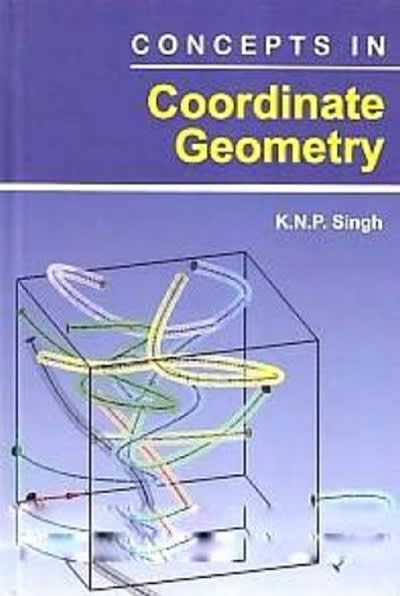Question
(a) Find the intervals on which h is increasing or decreasing. (b) Find the local maximum and minimum values of h. (c) Find the intervals

(a) Find the intervals on which h is increasing or decreasing.
(b) Find the local maximum and minimum values of h.
(c) Find the intervals of concavity and inflection points of h.
(d) Sketch the graph of h with the information you found in (a)-(c), and check your
sketch on a graphing device.
h(x)=x5?2x3+x
(a) Find the intervals on which G is increasing or decreasing. (b) Find the local maximum and minimum values of G. (c) Find the intervals of concavity and inflection points of G. (d) Sketch the graph of G with the information you found in (a)-(c), and check your sketch on a graphing device. G(x)=x?4x?

Step by Step Solution
There are 3 Steps involved in it
Step: 1

Get Instant Access to Expert-Tailored Solutions
See step-by-step solutions with expert insights and AI powered tools for academic success
Step: 2

Step: 3

Ace Your Homework with AI
Get the answers you need in no time with our AI-driven, step-by-step assistance
Get Started


